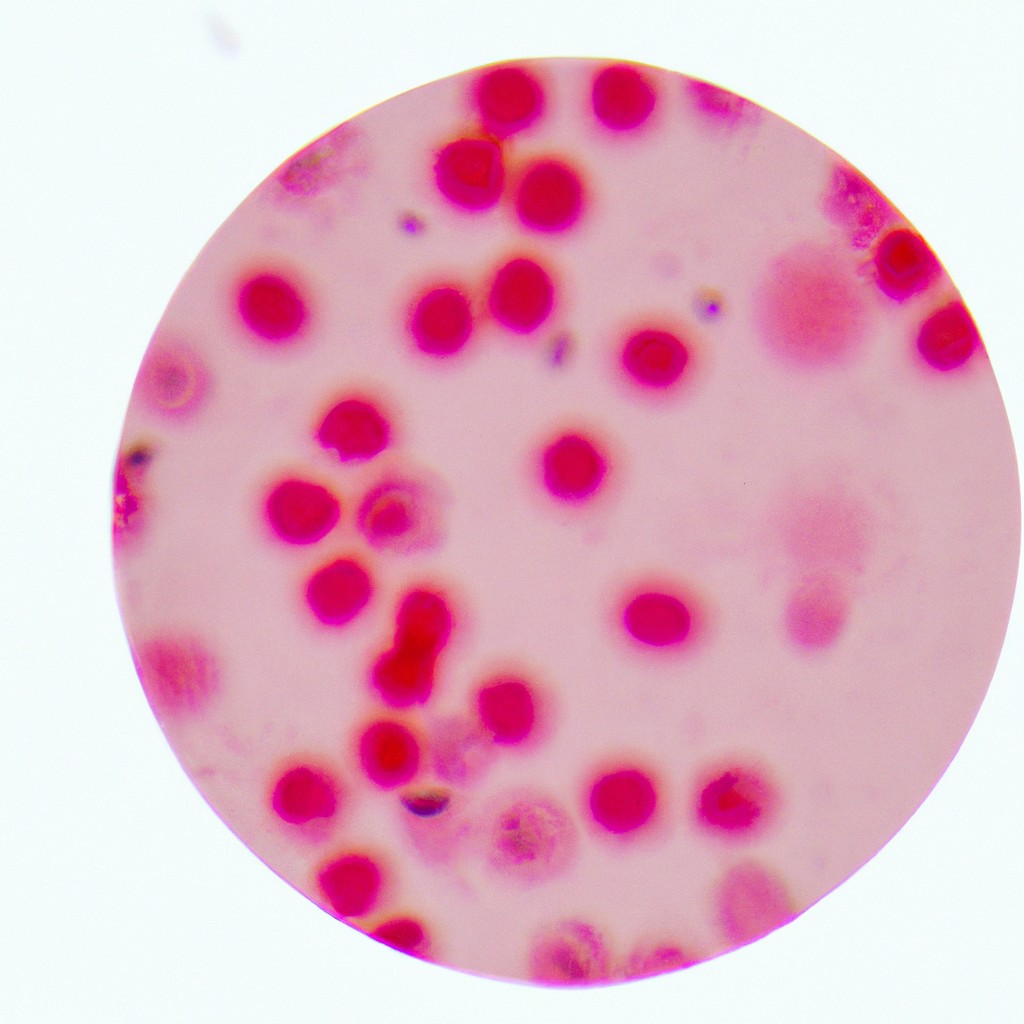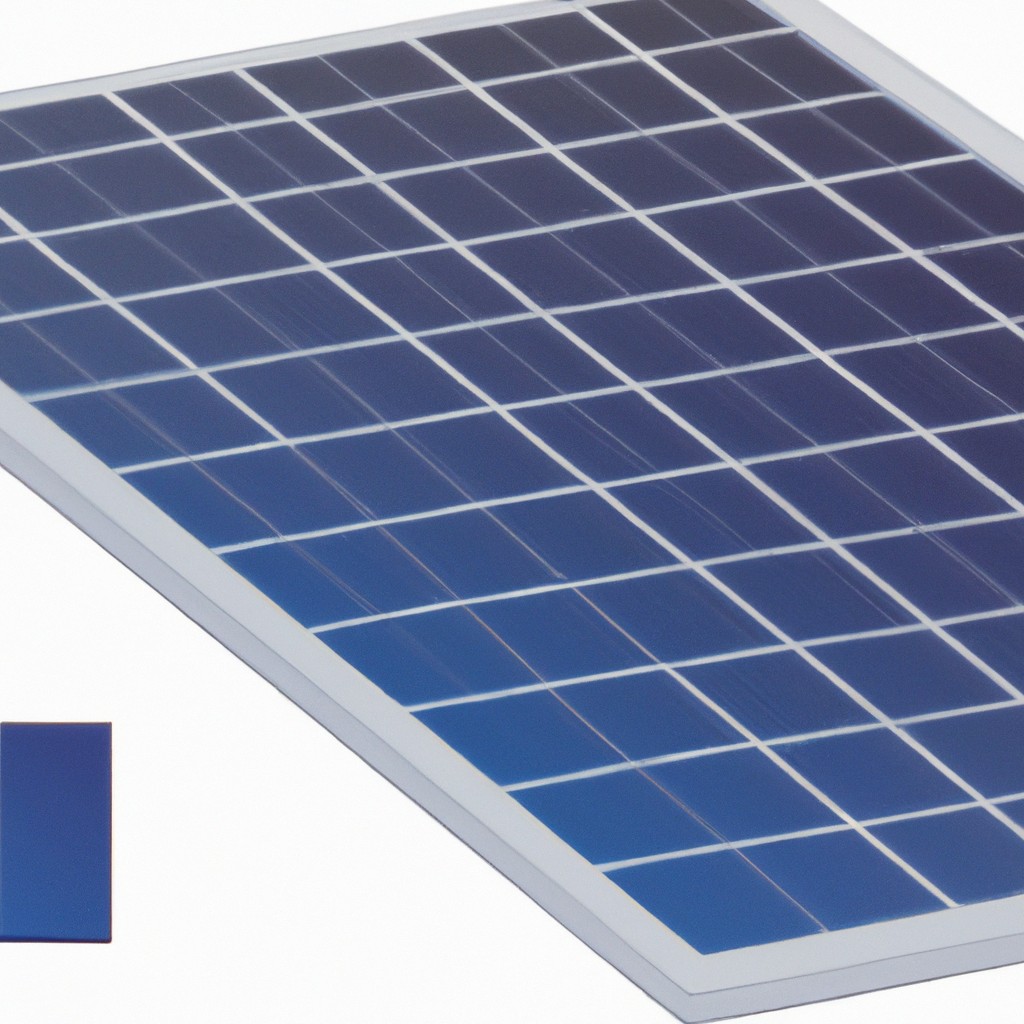This article will elucidate the materials that constitute solar panels and their specific roles in converting sunlight into usable electricity.
Key takeaways:
- Silicon solar cells: made from silicon, convert sunlight into electricity
- Solar panel efficiency: affected by material quality, construction techniques, temperature coefficient, shading, and anti-reflective coatings
- Environmental impact: energy-intensive production, toxic chemicals, but advancements in technology and recycling programs are reducing impacts
- Solar panel maintenance: regular cleaning, removal of snow, checking for shading and damage, monitoring energy output
- End-of-life recycling: disassembly, separation of components, thermal or chemical treatment to extract valuable materials
Silicon Solar Cells

Comprising the majority of solar panels, photovoltaic cells—commonly made from silicon—capture sunlight and convert it into electricity. Silicon is preferred for its semiconducting properties, abundant availability, and durability.
Key points to understand about silicon solar cells include:
- Types of Silicon: Monocrystalline silicon, made from single-crystal wafers, allows electrons more freedom to move, resulting in higher efficiency. Polycrystalline silicon, composed of multiple silicon crystals, is simpler to produce but slightly less efficient.
- Bandgap Energy: Silicon has a bandgap energy of about 1.1 electronvolts (eV), ideal for converting solar energy into electrical energy without too much heat loss.
- Doping Process: To improve the electrical conductivity, silicon cells are ‘doped’ with other elements like phosphorus and boron, creating an electric field within the cell.
- Construction: On a molecular level, the doped silicon layers are placed on top of each other, with conductive contacts to facilitate electron flow when photons from the sun knock electrons free.
- Light Absorption: Silicon’s atomic structure makes it an excellent medium for absorbing light and releasing electrons, thus creating a current.
Understanding these aspects provides insight into the efficiency and functionality of silicon-based solar cells in harnessing solar energy.
Solar Panel Efficiency
The performance of solar panels is measured by their efficiency, which is the ratio of energy output from the solar panel to the energy input from the sun. Generally, most commercial solar panels operate at an efficiency of 15-20%.
Here are some key factors that affect solar panel efficiency:
- Material Quality: Higher-grade silicon yields more efficient solar cells due to its superior light absorption and electrical conductance.
- Construction Techniques: Advanced manufacturing processes, such as PERC (Passivated Emitter and Rear Cell) technology, can boost the efficiency by allowing cells to capture reflected light.
- Temperature Coefficient: Solar cells operate less efficiently as they get hotter. Panels with a lower temperature coefficient degrade less in performance on hot days.
- Shading and Installation Angle: Panels must be installed with minimal shading and proper angling towards the sun to maximize energy absorption.
- Anti-Reflective Coatings: Coatings on solar glass minimize reflection and allow more sunlight to be absorbed by the solar cells.
Enhancements in these areas contribute to the efficiency of converting sunlight to electricity, directly impacting the economic value and space efficiency of solar power systems.
Environmental Impact of Solar Panel Production
The materials and processes used in manufacturing solar panels carry certain environmental implications. Producing silicon cells requires large amounts of energy, often sourced from fossil fuels, leading to greenhouse gas emissions. Mining the raw materials, such as quartz and metals, can also result in ecological disruption and resource depletion.
Additionally, toxic chemicals, like hydrofluoric acid, are used in panel production, necessitating stringent handling and disposal methods to mitigate environmental harm. However, advancements in manufacturing technology and recycling programs are aimed at reducing these impacts, moving towards more sustainable production practices.
Solar Panel Maintenance
Solar panels require minimal upkeep to ensure their longevity and optimal performance. Dust, debris, and leaves can accumulate on the surface, which may reduce the panels’ efficiency. Periodic cleaning with water and a soft brush or cloth can maintain their energy output.
In snowy areas, removing snowfall prevents shading and potential physical damage from the weight of the snow.
It’s also important to check for any shading that might occur from tree growth or new constructions around the installation area. Shading can significantly affect the performance of solar panels, as they depend on sunlight exposure.
Additionally, inspect the panels for any signs of damage, such as cracks or discoloration, which could indicate potential problems. If micro-cracks or hot spots are detected, a professional assessment is advised.
Monitoring the energy output using the system’s inverter display is vital. Sudden drops in performance can signal the need for maintenance or repair.
Regular maintenance ensures that solar panels continue to operate efficiently for their expected 25-30 year lifespan, while also maintaining the warranty provided by most manufacturers.
End-of-life Solar Panel Recycling
As the lifespan of a solar panel averages around 25 to 30 years, responsible disposal is crucial to mitigate environmental impact. Manufacturers and researchers are honing processes to recycle the valuable materials within solar panels.
Crystalline silicon panels are disassembled to separate aluminum and glass components. The silicon cells then undergo thermal or chemical treatments to remove the semiconductor materials. For thin-film panels, which contain a variety of semiconductor materials, a more complex recycling process is carried out.
Special machinery shreds and grinds the panel, separating the different semiconductor materials. Both processes ensure valuable elements like silver and silicon can be reclaimed and reused.
Recycling infrastructure is expanding, with specialized facilities around the world dedicated to solar panel components. This evolving sector promises reduced waste and supports the sustainability goals of solar energy. As the industry grows, regulations may mandate recycling, but many producers are preemptively adopting eco-friendly end-of-life practices.
FAQ
What material are solar panels made out of?
Solar panels are primarily composed of silicon solar cells, a metal frame, a glass sheet, along with wires and metal ribbons known as busbars, used to transport the electrical current.
What is the raw material of solar panels?
The raw material of solar panels is predominantly silicon, a component abundantly found in natural beach sand.
What are the main components of solar panels?
The main components of solar panels are a layer of silicon cells, a metal frame, a glass casing, and various wiring that permits the flow of current from the silicon cells.
Are solar panels environmentally friendly?
Yes, solar panels are environmentally friendly as they do not emit air pollution or greenhouse gases during operation, and they favorably impact the environment by substituting or diminishing the use of other energy sources that have more detrimental environmental effects.
How is silicon utilized in the construction of solar panels?
Silicon is used in the construction of solar panels as a semiconductor to convert sunlight into electricity.
What is the lifespan and degradation rate of solar panels?
The lifespan of solar panels typically ranges from 25 to 30 years and they degrade on average about 0.5% to 1% per year.
What processes are involved in the recycling of solar panels?
The recycling of solar panels involves the processes of disassembling the panel, separating the glass, aluminum and metal parts, then chemically treating the remaining material to extract and purify valuable elements like silicon, tin, and lead.




